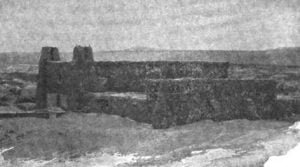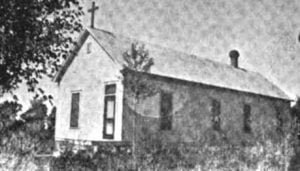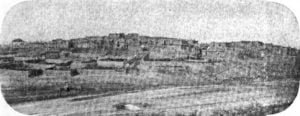Fort Selden Troops – Surnames Kaemen – Kurtz
Fort Selden was established in 1865 in an effort to bring peace among the varied inhabitants in the south central region of present day New Mexico. Their primary intent was to protect settlers and travelers in the Mesilla Valley from desperados and Mescalero Apache Indians. Built near the banks of the Rio Grande, the adobe fort housed units of U.S. Army Infantry and Cavalry. The first troops to occupy the fort were companies of the 125th US Colored Infantry Regiment, a group of African-American enlisted soldiers from Kentucky who had been mustered into the Union Army near the close of … Read more




